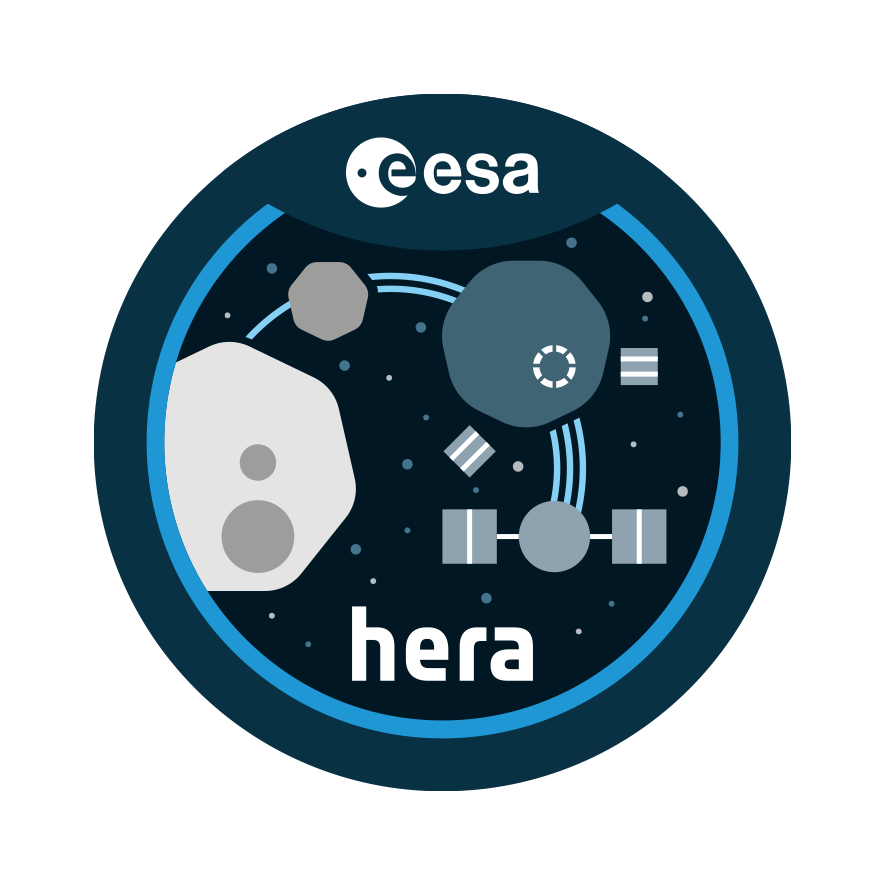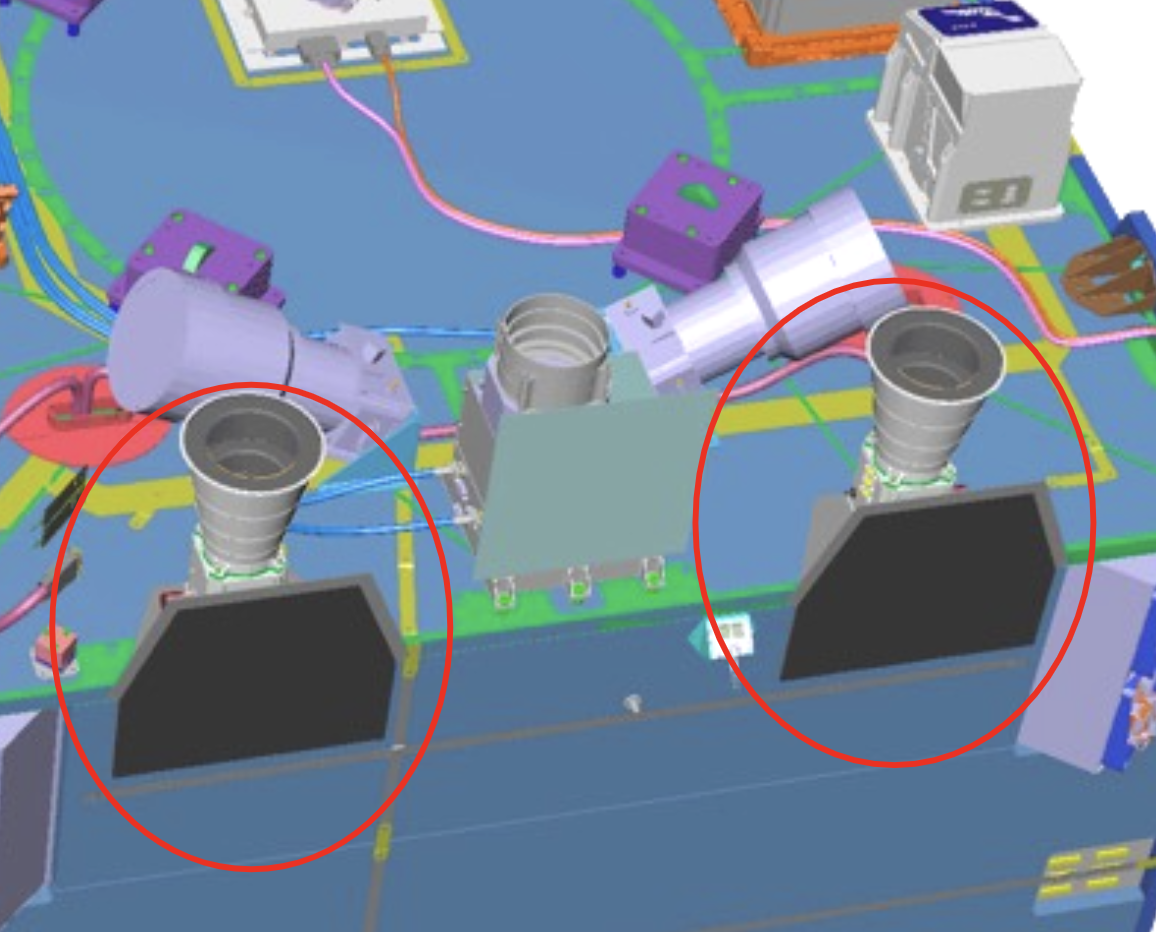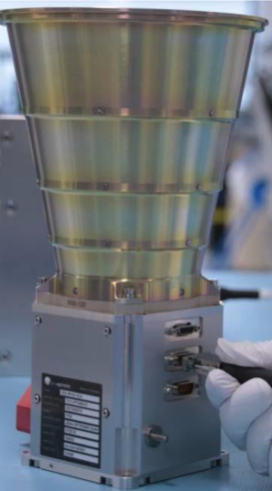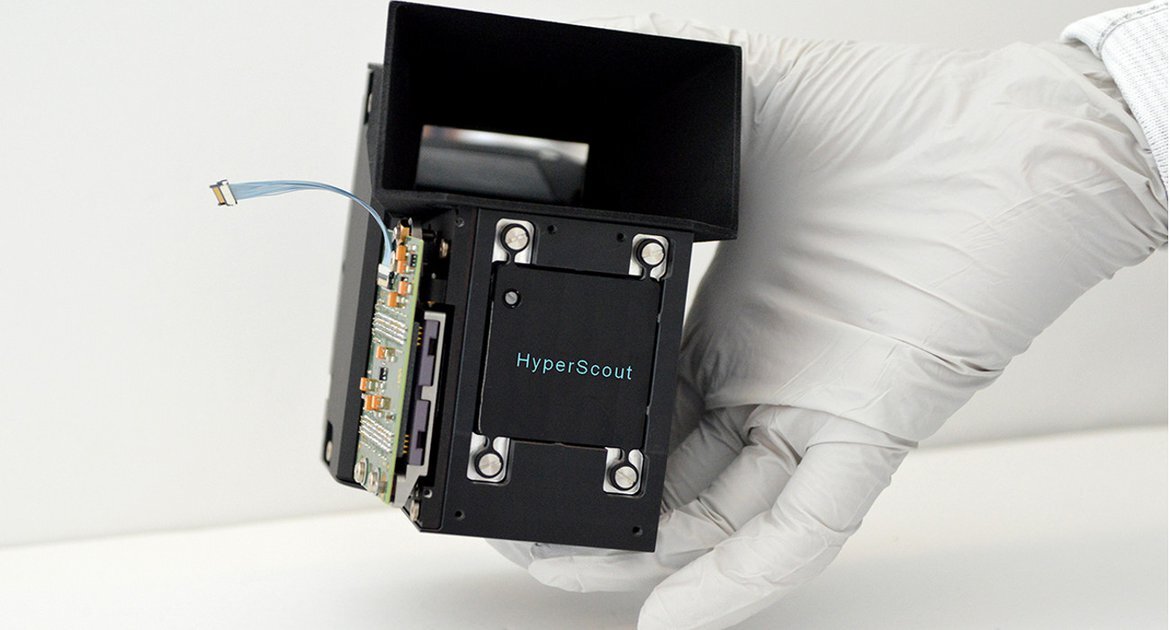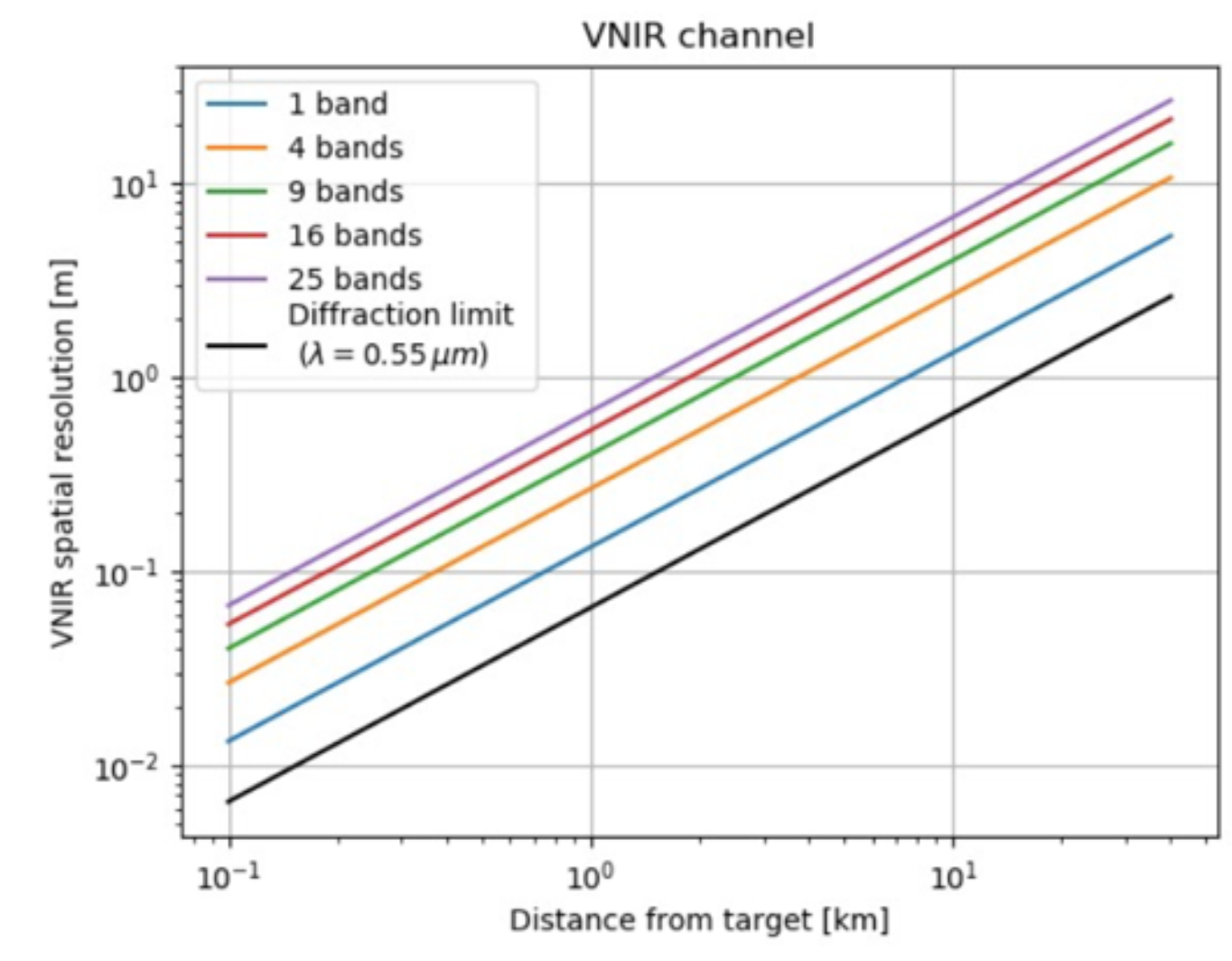AFC
Asteroid Framing Camera
The Asteroid Framing Cameras are built by JenaOptronik and will provide images of the asteroid in visual wavelengths.
Parameters
| Field of View | 5.5° |
| FOCAL Length | 10.6cm |
|
Aperture |
2.5cm |
| Image Size | 1020 x 1020 pixels |
|
Spectral Range |
420-850nm |
|
Mass |
< 1.5Kg |
| Angular Resolution | 94.1 microrad/pixel (94.1 cm/pixel at 10km distance) |
Parameters
| Detector | Lyndred PICO1024 Gen2 |
|
Wavelength |
8-14μm
|
| Number if pixels | 1024(H) x 768 (V) |
| Pixel size | 17μm |
| Detection area size |
17.5 x 13.1mm |
| Absolute temp accuracy | ~3K |
| Temperature range |
150 ~ 450K |
|
Field of view (FOV) |
13.3x10.0 |
|
Angular Resolution (IFOV) |
0.226mrad (0.013°/pixel) |
|
Main body size |
150 x 180 x 230mm |
| Mass | 4.2 kg (3.5 kg + margin 0.7 kg) |
PALT (Laser Range Finder)
The Planetary ALTimeter (PALT) is a LIDAR experiment that determines the distance to the asteroids by measuring the time of flight of a laser beam at 1.5 μm wavelength with a footprint of 1 mrad (i.e. the diameter of the footprint is 10m at a distance of 10 km). The accuracy of the distance measurement is 0.5 m, the laser wavelength of 1.535 μm
PALT supports spacecraft navigation, from fly-by to landing operations, and provide scientific data, such as relative velocity, falling velocity and reflectance measurements at laser wavelength. It can support the development of the asteroid shape model and mass measurement (which allows an estimate of the bulk density) as well as the determination of the surface topography.
Parameters
| Laser pulse energy | 100 μJ |
| Pulse width | 2ns |
|
Emitter Optic Transmission |
.96 |
|
Receiver optics transmission |
.93 |
| Receiver telescope entrance aperture area. | 70 mm |
| Laser wavelength | 1535 nm |
| Working distance | 100m to 14 km |
|
Accuracy of distance measurement |
< 50 cm |
| Footprint | 1 mrad (1m from 1 km distance) |
| Optical Unit with baffle plus Electronics Box | 2.5 Kg |
Hyperscout
Observing in 45 visible and near-infrared spectral bands, the HyperScout hyperspectral imager is developed by Cosine Research in the Netherlands and will contribute to the geological and compositional investigation of the asteroid.
Parameters
| Field of View | 31°x16° |
| Focal Length | 41.25mm |
|
Pixel Size |
5.5μm |
| Spectral Range (VNIR) | 400-1000nm |
Radio Science
The Hera radio science experiment (RSE) will contribute to the determination of the binary system’s mass, gravity field and rotational state and orbits, through processing of Doppler and ranging measurements, as well as optical images. The experiment includes classical ground-based radiometric measurements between Hera and ground stations on Earth by means of a standard two-way X-band link, images of Didymos taken by the on-board camera(s), and satellite-to-satellite radiometric tracking between Hera and the Cubesats. The latter measurement, the so-called Inter-satellite link (ISL), represents a crucial add-on to the gravity estimation of low-gravity bodies by exploiting the proximity of the Cubesats to the binary, as the range-rate measurements carried out by the inter-satellite link contain information on the dynamics of the system, i.e. masses and gravity field of Didymos primary and secondary.
Hera High Gain Antenna
